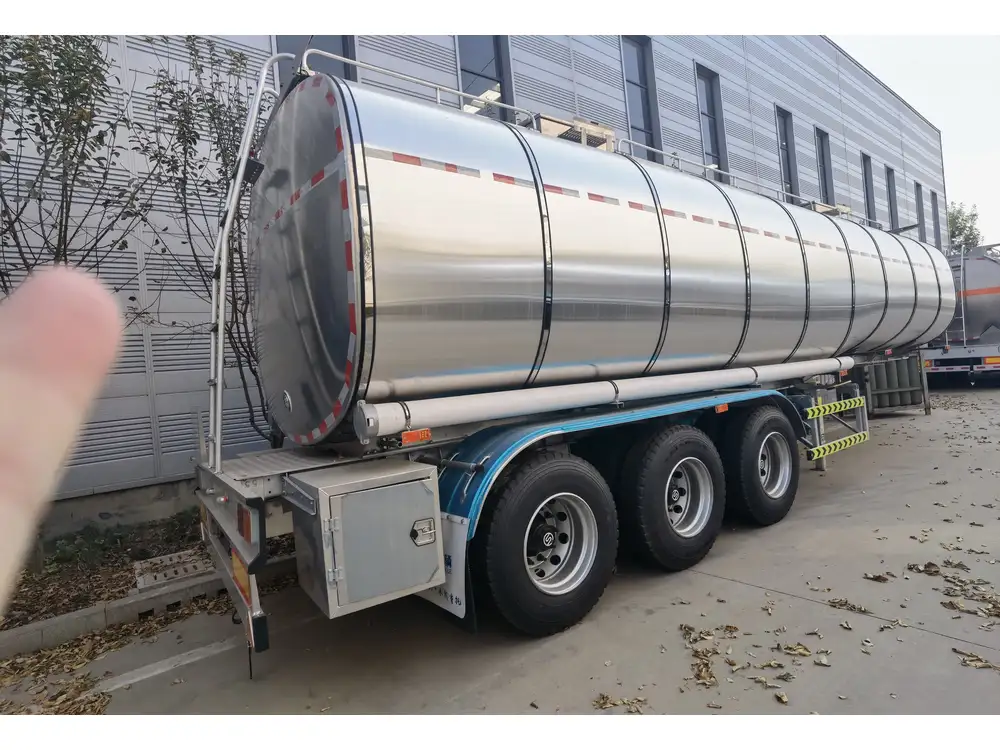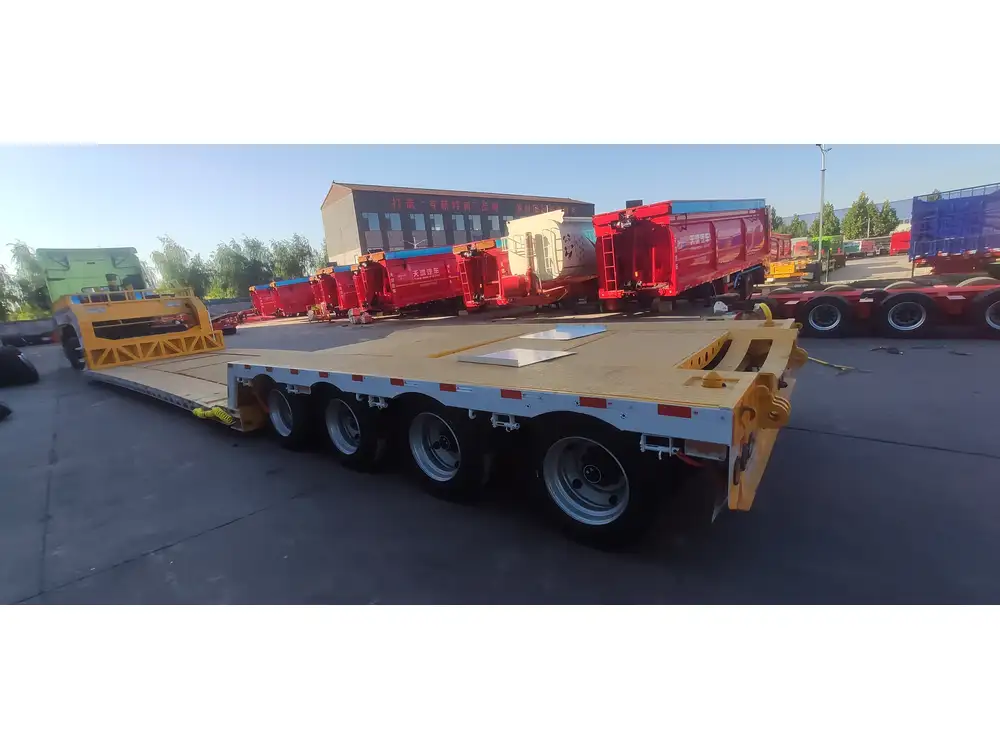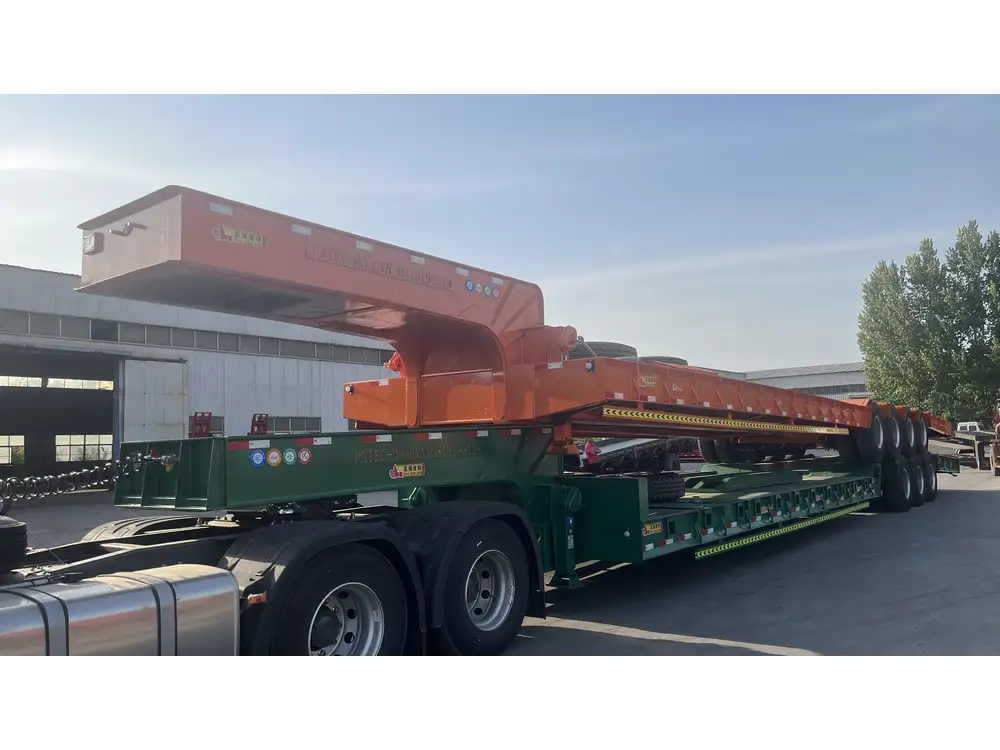Transporting steel coils safely is crucial to prevent damage, ensure load stability, and maintain safety regulations on the road. This article delves into the best practices for securing steel coils on flatbed trailers, covering essential techniques, tools, regulations, and tips for successful transportation.
Understanding the Importance of Proper Securing Methods
Steel coils, due to their heavyweight and cylindrical shape, require special attention and care when being transported. Improperly secured loads can lead to catastrophic accidents, injuries, or damage to the cargo and trailer. Understanding the dynamics involved in securing steel coils can also enhance efficiency in loading and unloading processes.
Key Reasons for Proper Securing
- Safety: To minimize risks for drivers and other road users.
- Compliance: To adhere to federal and state transportation regulations.
- Cargo Protection: To prevent damage to coils and maintain their quality.
- Stability: To decrease the likelihood of shifting during transit, which can lead to accidents.

Preparing the Flatbed Trailer
Before securing the steel coil, ensure the flatbed trailer is ready for the operation:
Inspection Checklist
- Structural Integrity: Ensure that the trailer is in good condition, with no loose parts or signs of deterioration.
- Deck Condition: Verify that the deck is clean and free of debris to prevent slippage.
- Weight Limitations: Check the trailer’s weight limit and ensure that the combined weight of coils does not exceed it.
- Securing Points: Look for designated tie-down points that are structurally sound and suitable for securing the load.
Selecting the Appropriate Equipment
The selection of securement equipment is pivotal. Each component of the securement system should be rated for at least the weight of the load it will support.

Recommended Securement Equipment
| Equipment Type | Description | Purpose |
|---|---|---|
| Chains | Heavy-duty metal chains designed for load security. | Provides robust and adjustable securement. |
| Straps | Webbed tie-down straps made of synthetic fibers. | Offer flexibility and ease of adjustment for lighter loads. |
| Dunnage | Protective material (wood or rubber) placed under coils. | Prevents movement and minimizes damage. |
| Edge Protectors | Devices used to shield straps from sharp edges. | Prevents strap wear and enhances securement strength. |
| Winches | Mechanical devices for tightening chains or straps. | Facilitates securement by enabling tight adjustments. |
Procedures for Securing Steel Coils
Here’s a detailed step-by-step method to effectively secure steel coils on a flatbed trailer:
Step 1: Positioning the Steel Coil
- Placement: Center the coil on the trailer deck to distribute weight evenly.
- Dunnage Setup: Lay down dunnage beneath the coil to provide a gripping surface and to avoid slippage.

Step 2: Utilizing Tie-Downs
Choose the right number and method based on the size of the coil:
Number of Tie-Downs Required
- General Rule: For every 10 feet of cargo, you need one tie-down. Adjust according to the width of the load; wider loads may require additional tie-downs.
Securing Techniques
Chain Tie-Down Method:
- Attach one end of the chain to the trailer’s tie-down point.
- Wrap the chain around the coil (ensuring it is snug but not excessively tight).
- Secure the opposite end back to the trailer.
- Tighten using a ratchet or binder to eliminate slack.
Strap Tie-Down Method:
- Loop the strap around the coil, feeding it through a ratchet buckle.
- Attach the hooks to floor-mounted D-rings or trailer stake pockets.
- Pull the strap tight using the ratchet mechanism.
- Ensure there is no excess slack and that the coil is firmly in place.

Step 3: Testing the Securement
After securing the coil, test the tightness and integrity of your securement:
- Pull Test: Tug on the straps or chains to ensure they do not move.
- Visual Inspection: Check for any signs of wear or damage on the straps or chains.
Step 4: Documenting Load Securement
Maintain a record of the loading process, including photos and notes on the securement method used. This documentation may be important for compliance inspections or insurance claims.
Regulatory Compliance
Understanding and complying with transport regulations ensures safe practices and avoids legal complications.

Key Regulations to Remember
- Federal Motor Carrier Safety Administration (FMCSA): Mandates the use of securement devices that meet specific criteria, detailing how loads should be secured.
- Department of Transportation (DOT): Establishes weight limits and securement standards, which differ based on load types and trailer setups.
Important Guidelines
- Working Load Limit (WLL): The maximum load that may safely be applied to a securing device. Always adhere to WLL specifications for all components.
- Spacing: Optimal spacing between tie-downs is essential to prevent load movement during transit.
Best Practices for Steel Coil Transportation
To optimize the securement process and ensure the safety of your transport operations, consider these additional practices:

Routine Training
Conduct regular training for all personnel involved in loading and securing processes to stay updated on best practices and regulatory changes.
Use Technology
Incorporating apps or software for load management can enhance tracking and documentation of the securement process.
Continuous Monitoring
Implement methods to continuously inspect and monitor the load during transit, particularly on long hauls.

Common Challenges in Securing Steel Coils
While robust techniques ensure a secure load, several issues can arise during the transportation of steel coils. Awareness and proactive measures can alleviate these challenges.
Load Shift
Causes:
- Poorly secured loads.
- Sudden braking or sharp turns.
Solutions:
- Regularly check tie-downs and adjust as necessary during transit.
- Drive cautiously to minimize abrupt vehicle movements.
Equipment Wear
Causes:
- Environmental factors (e.g., moisture leading to rust).
- Excessive use without proper maintenance.
Solutions:
- Inspect and maintain securement devices regularly.
- Replace worn-out equipment promptly.

Overloading
Causes:
- Misjudging the weight of the load.
- Improper calculation of weight distribution.
Solutions:
- Use scales to accurately weigh the load before transport.
- Spread weight evenly across the trailer to meet legal limitations.
Conclusion
Securing steel coils on a flatbed trailer may appear daunting, but with the right knowledge, tools, and methods, you can enhance safety, meet compliance requirements, and deliver loads without incident. Prioritize education, diligently follow protocols, and adopt best practices to ensure the safety and integrity of your transport operations. By mastering these techniques, you not only protect your cargo but also foster a culture of safety and responsibility in your operations.



